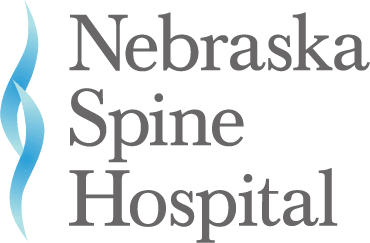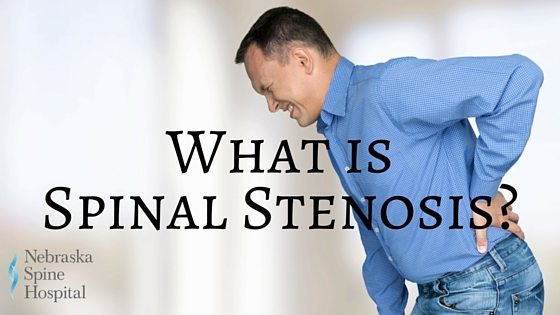Our bodies change with age and with change can often come challenges; challenges in recognizing when our body is trying to tell us something, perhaps. Do you suffer from pain and numbness in the legs? While pain and numbness in the legs could be the result of many things, one thing Nebraska Spine and Hospital does not want you to rule out is spinal stenosis.
What is Spinal Stenosis?
Spinal stenosis, occurring most often in the lower back and neck, is a narrowing of the open spaces in your spine. This puts pressure on your spinal cord and the nerves that travel through your spine from your arms to your legs. Enter: pain and numbness in the legs. This is very common with age. If gone untreated, which is rare, permanent numbness, weakness, or even paralysis could occur.
What are the Symptoms of Spinal Stenosis?
It can be hard to detect spinal stenosis without looking at an X-ray but when symptoms do occur, they generally do so gradually and then worsen over time. Also note that symptoms may vary depending on the location of the stenosis. According to Mayoclinic.com, this is what you should look out for:
-
In the neck (cervical spine). Cervical stenosis can cause numbness, weakness or tingling in a leg, foot, arm or hand. Tingling in the hand is the most common symptom, and many people also report problems with walking and balance. Nerves to the bladder or bowel may be affected, leading to incontinence.
-
In the lower back (lumbar spine). Compressed nerves in your lumbar spine can cause pain or cramping in your legs when you stand for long periods of time or when you walk. The discomfort usually eases when you bend forward or sit down.
What is the Treatment?
Just like your symptoms may vary with the location of the stenosis, your treatment will also vary. Treatments generally include:
-
Medications. To control the pain associated with spinal stenosis, your doctor may prescribe a variety of different pain medications such as NSAIDs, muscle relaxants, anti-depressants, anti-seizure drugs, and different opioids such as oxycodone.
-
Therapy. Because people are usually in pain when they have spinal stenosis, it is not uncommon for them to become less active in an effort to reduce said pain. Physical therapy is a good way to maintain muscle strength (muscle weakness may lead to more pain), maintain stability and flexibility of your spine, and improve balance.
-
Steroid injections. Because the nerve roots become irritated and swollen where they are being pinched, steroid injections are one treatment that may relieve some of the pressure. This is done by injecting a corticosteroid into the space that’s being constricted to help alleviate some of the inflammation.
-
Surgery. If other treatment options are not working, surgery may be suggested. Surgical options are a very viable option that usually yield successful results.
If you’re experiencing any pain and numbness in the legs, contact Nebraska Spine Hospital today to speak with a doctor about your symptoms. For more information about spinal stenosis, watch this short video from Dr. Gill.


